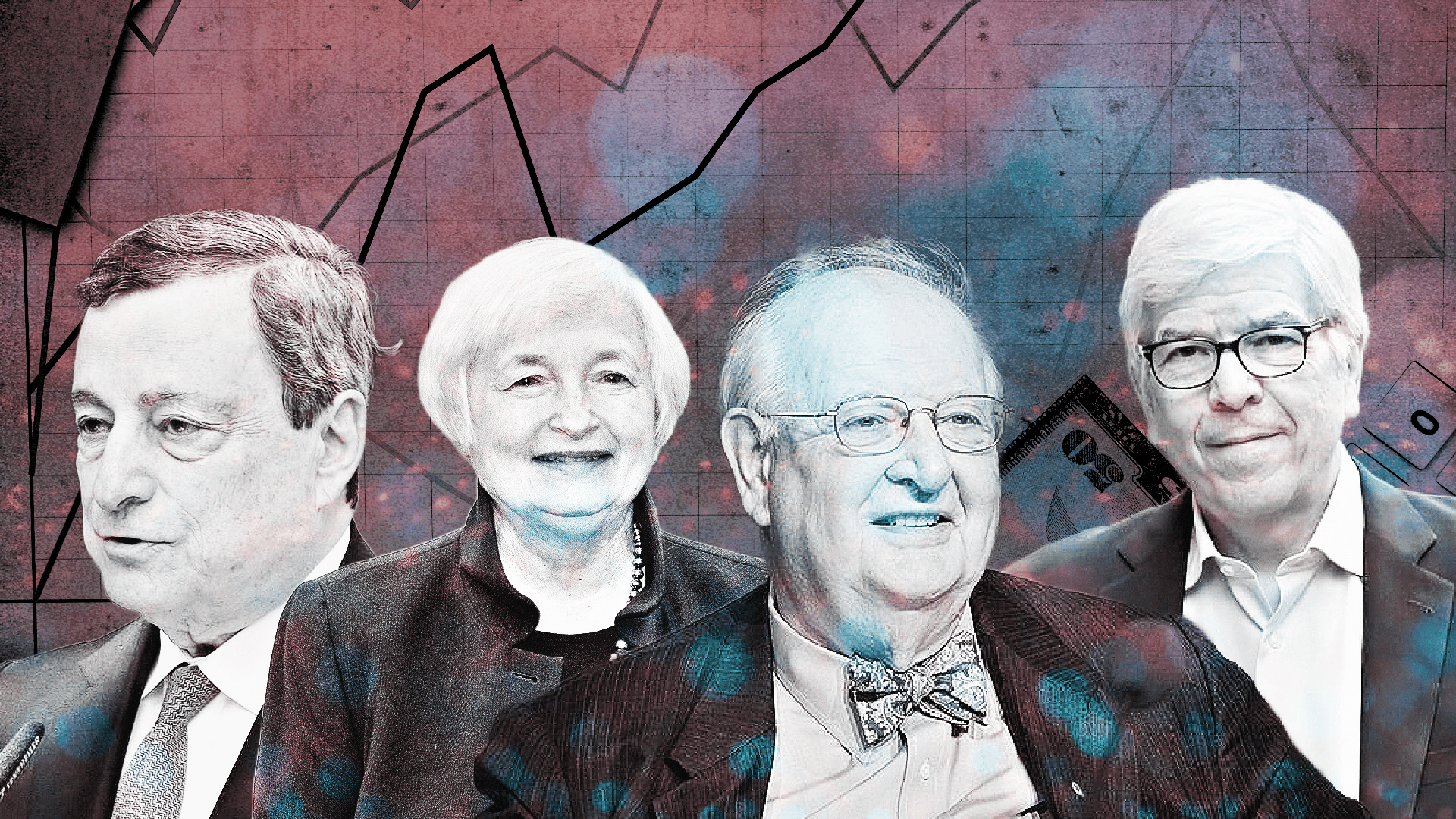
Experts say that a chronic gap between imports and exports could impede a generally improving economy.
[Reposted from The New York Times | Patricia Cohen | May 5, 2015]
A roof-raising trade gap in March highlighted concerns that the rise of the dollar against other currencies was weakening the economy, chipping away at the ability of American manufacturers to compete abroad while encouraging more imports to fill retailers’ shelves.
On Tuesday the Commerce Department reported that the trade deficit grew to $51.4 billion, the highest in six and a half years, and a 43 percent increase over February’s gap of $35.9 billion. Much of the increase was attributed to the settling of a labor dispute at ports on the West Coast, which allowed a backlog of shipments to be cleared away, but some experts warned that the chronic gap between imports and exports remained an open wound in a generally improving economy.
The flood of imports — which far outpaced American exports — is likely to push economic activity for the first quarter into the negative range when the government issues its revised estimate this month. Last week, the Commerce Department posted an initial estimate of 0.2 percent growth for January, February and March, a feeble showing that was attributed largely to bitterly cold weather.
Several Wall Street economists played down the size of the March trade gap as an outlier.
“It’s so far off the wall, it can’t possibly happen again,” said Ian Shepherdson, chief economist at Pantheon Macroeconomics. “Exporters are struggling,” he noted, but he maintained that the impact was marginal because the domestic economy was fundamentally strong.
Mr. Shepherdson said he expected growth to rebound in the spring and summer. As an example, he cited a survey of the service sector by the Institute for Supply Management released on Tuesday that showed “there has been an uptick in business activity because of the improved economic climate and prevailing stability in business conditions.” The index for April hit 57.8, up from 56.5 in March. A reading above 50 indicates expansion.
In some ways, the strength of the dollar is a sign of how much better the American economy is doing relative to many of its trading partners. But while the flow of goods into the United States is helping pull other nations ahead, it also weighs down the economy at home.
Compared with other major currencies, the dollar has been gaining in value, making foreign goods cheaper for American consumers to buy, while raising the cost of goods produced by United States factories when they are sold abroad.
“The trade data was ugly,” said Diane Swonk, chief economist at Mesirow Financial. Although she expects the trade picture to improve now that West Coast ports have largely caught up with the backlog of containers, she said, “it still will be a drag in 2015.”
Ms. Swonk, like many Wall Street economists, still expects the Federal Reserve to raise interest rates from their near-zero levels in September on the assumption that the economy is already picking up speed again. But she noted that even before Tuesday’s trade report, Charles Evans, the president of the Federal Reserve Bank of Chicago, pointed to the first quarter’s weak performance as reason to delay any rate increase until 2016.
By contrast to the generally benign view of the strong dollar on Wall Street, the widening trade gap has been a persistent source of worry for Dean Baker, co-director of the Center for Economic and Policy Research in Washington. “The number in March was undoubtedly an aberration,” he said, but he pointed out that it was “artificially low in February.”
“If trade is a drag on the economy rather than a spur, what do we think is going to be the big lift in the economy?” he asked.
In recent weeks, the Obama administration has been pushing Congress to grant it the authority to complete a far-reaching trade agreement with 11 other nations called the Trans-Pacific Partnership. Noting that America’s economic fortunes are inextricably tied to the global economy, the administration has promoted the accord as an advance for American business and workers, arguing that it will increase productivity, open markets abroad and lift wages in industries that export, while lowering prices for consumers.
A detailed report on the benefits of trade released by the president’s Council of Economic Advisers last week noted that the countries involved in the Pacific agreement account for 37 percent of the world’s output and nearly a quarter of its goods and services exports. “Among the partners are some of the fastest-growing economies in the world,” it said, providing “an enormous increase in the potential export market for U.S. goods and services.”
Trade unions, environmentalists, liberal economists and other opponents counter that the agreement would export jobs to other shores. They also complain that a new regulatory structure would favor business at the expense of workers and protect some industries against competition.
“Since our deficit is wholly in manufactured goods, it means that we’ve exported millions of better-than-average jobs in that sector by meeting much of our domestic demand for manufactured goods from foreign sources,” argued Jared Bernstein, a senior fellow at the Center on Budget and Policy Priorities in Washington.
Most of the imports that streamed into the United States in March came from Asia. Imports from China, for example, rose by nearly a third, leading to a trade deficit of $37.8 billion. The deficit with Japan increased by $2 billion to $6.3 billion, the largest in two years.
Over all, imports to the United States rose 7.7 percent from February to $239.2 billion. Cellphones, clothing, furniture, cars and computers were part of the haul from abroad that made their way into stores and homes. By contrast, American exports rose 0.9 percent to $187.8 billion.













